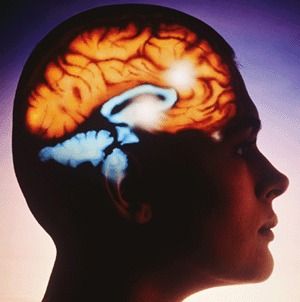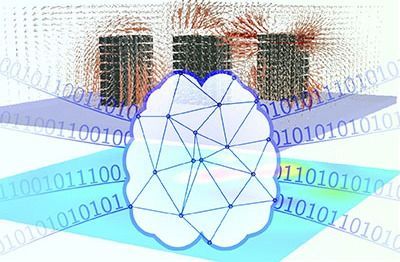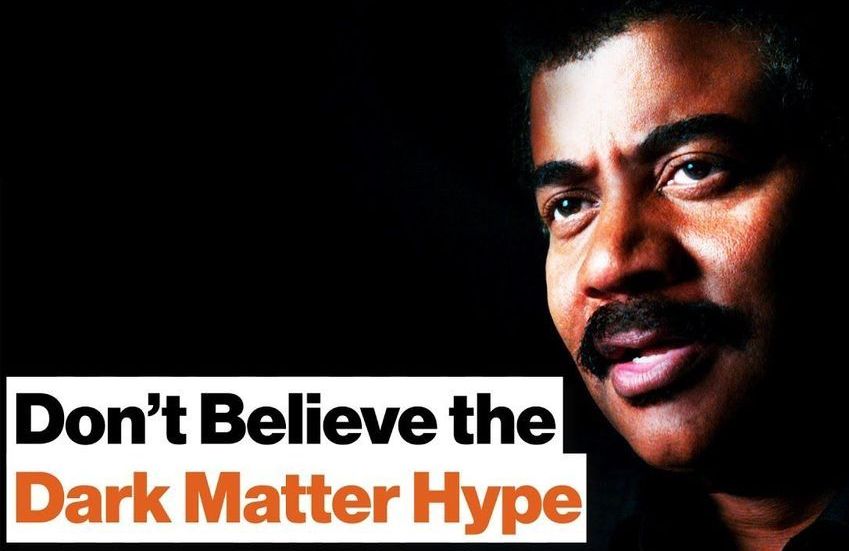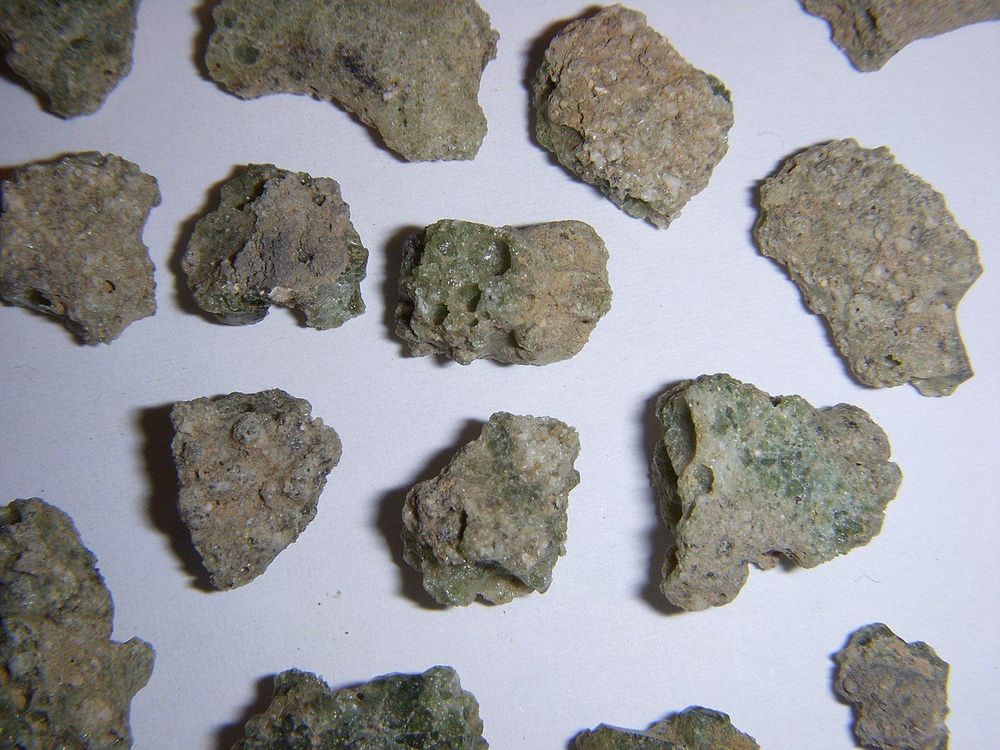Page 7930
Jan 23, 2020
Tesla destroys recent China FUD
Posted by Genevieve Klien in categories: sustainability, transportation
It’s pretty difficult to believe it at this point, but there are still groups of Tesla critics who insist that Gigafactory 3 is not really fully operational. A central part of this thesis is the allegation that Gigafactory 3 does not have a stamping press, which means that Tesla’s China team is only assembling cars in the Shanghai-based factory using pre-stamped panels from Fremont.
A recently released video from Tesla China has just decimated these allegations in a subtle but definitive manner. The clip was short, less than 30 seconds long, but it showed a busy stamping press operating in Gigafactory 3. The video was released in China, and shared on Twitter by Tesla enthusiast @JayinShanghai.
Jan 23, 2020
Fighting Poverty With Early Childhood Education: James Heckman-JAPAN On Demand
Posted by Quinn Sena in categories: education, neuroscience
Nobel laureate James Heckman demonstrated a connection between developing non-cognitive skills in early childhood and success in life. He advocates supporting parents, to lift children from poverty.
Jan 23, 2020
U.S. Agency for International Development
Posted by Quinn Sena in category: sustainability
In September 2015, as the Millennium Development Goals expired and the 2030 Agenda for Sustainable Development (link is external) was being adopted, USAID put forward an ambitious Vision for Ending Extreme Poverty.
Jan 23, 2020
Spot the Robot Dog Trots Into the Big, Bad World
Posted by Genevieve Klien in category: robotics/AI
Boston Dynamics’ creation is starting to sniff out its role in the workforce: as a helpful canine that still sometimes needs you to hold its paw.
Jan 23, 2020
Switzerland’s drone delivery program to resume after crashes
Posted by Genevieve Klien in categories: biotech/medical, drones
Swiss Post and Matternet will once again resume using drones to deliver lab samples between hospital facilities and labs after being suspending in August 2019 after two crashes. Flights will resume on January 27th.
Jan 23, 2020
Artificial intelligence reveals how light flows around nanoparticles
Posted by Genevieve Klien in categories: nanotechnology, robotics/AI
Jan 23, 2020
There is no dark matter. Instead, information has mass, physicist says
Posted by Brent Ellman in category: cosmology
Jan 23, 2020
Largest Brain Wiring Diagram to Date Is Published
Posted by Quinn Sena in category: neuroscience
The partial fruit fly “connectome” contains approximately 25,000 neurons and 20 million synapses.
, also known as atomsite or Alamogordo glass,[2] is the glassy residue left on the desert floor after the plutonium-based Trinity nuclear bomb test on July 16, 1945, near Alamogordo, New Mexico. The glass is primarily composed of arkosic sand composed of quartz grains and feldspar (both microcline and smaller amount of plagioclase with small amount of calcite, hornblende and augite in a matrix of sandy clay)[3] that was melted by the atomic blast. It is usually a light green, although color can vary. It is mildly radioactive but safe to handle.[4][5][6]
In the late 1940s and early 1950s, samples were gathered and sold to mineral collectors as a novelty. Traces of the material may still be found at the Trinity Site as of 2019, although most of it was bulldozed and buried by the United States Atomic Energy Commission in 1953.[7] It is now illegal to take the remaining material from the site; however, material that was taken prior to this prohibition is still in the hands of collectors.


















